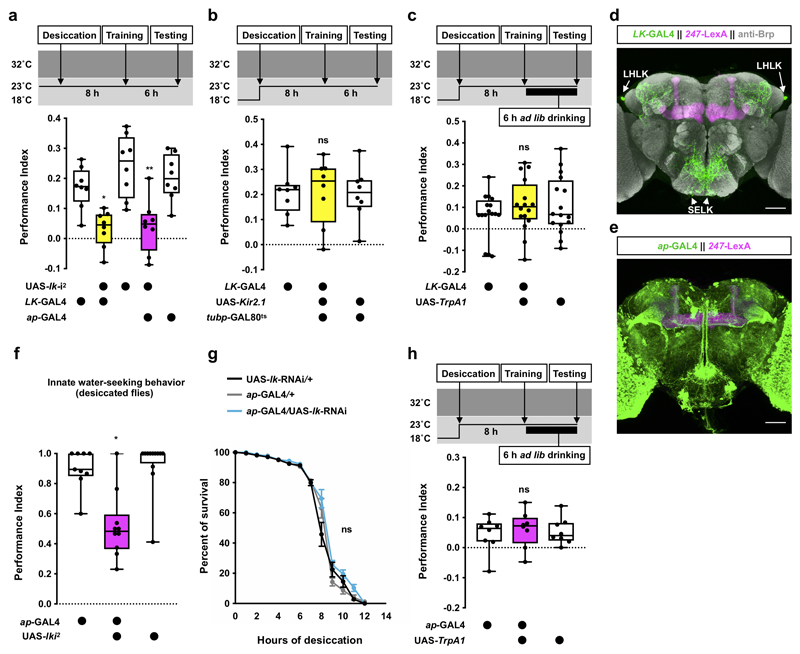Extended Data Fig. 1. Controls and additional experiments related to Figure 2.
Knockdown of lk in all LK neurons (LK-GAL4) or in LHLK neurons (ap-GAL4) using a second RNAi line impairs 6 h water memory performance in thirsty flies (LK-GAL4: p<0.015; ap-GAL4: p<0.025; n = 8; one-way ANOVA with Tukey’s test). b, Permissive 23°C control for experiments in Fig. 2a. No effect was observed (p>0.987, n = 8; one-way ANOVA with Tukey’s test). c, Permissive 23°C control for experiments in Fig. 2c. No effect was observed (p>0.552, n = 8; one-way ANOVA with Tukey’s test). d, Expression of UAS-mCD8::GFP driven by LK-GAL4 (LK neurons, green) and LexAop-rCD2::RFP driven by MB247-LexA::P65 (mushroom bodies, magenta). Brain also stained with anti-Brp antibody (gray). Four brains were examined and show the same expression pattern. Scale bar 50 μm. e, Expression of UAS-mCD8::GFP driven by ap-GAL4 (green) and LexAop-rCD2::RFP driven by MB247-LexA::P65 (magenta). Four brains were examined and show the same expression pattern. Scale bar 50 μm. f, Knockdown of lk in LHLK neurons using ap-GAL4 impairs innate water-seeking behavior (p<0.023, n = 9-12; Kruskal-Wallis test with Dunn’s multiple comparisons test). g, RNAi knockdown of lk in LHLK neurons using ap-GAL4 does not affect resistance to desiccation (p>0.098, n = 8; two-way ANOVA with Tukey’s test). Mean ± SEM are shown. h, Permissive 23°C control for experiments in Fig. 2h. No effect was observed (p>0.82, n = 8; one-way ANOVA with Tukey’s test). Temperature regimens shown above a-c and h. Box-plots: center line indicates median; box limits, upper and lower quartiles; whiskers, max to min range; dots, individual data points. See Supplementary Table 3 for statistics details.

